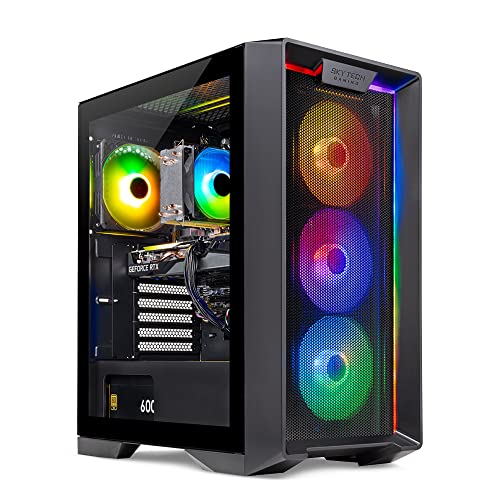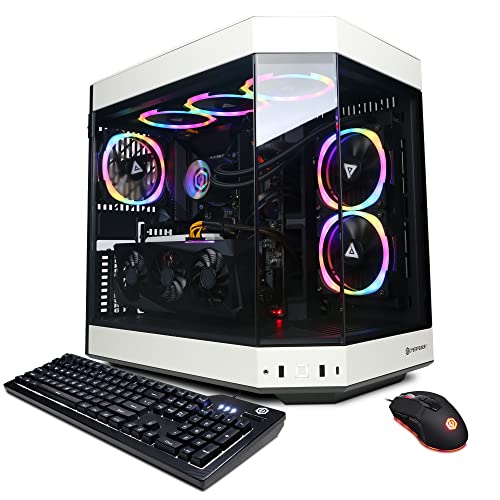**Introduction**
Immersive audio is crucial for transforming virtual and augmented reality experiences from merely visual to truly engaging. Advanced VR/AR sound systems harness spatial audio, haptic feedback, and real‑time processing to create a three‑dimensional auditory environment that adapts dynamically to user interactions. This article delves into the innovations behind next‑generation audio systems for VR/AR and highlights how immersive sound enhances both gaming and professional simulation environments.
**Technological Innovations**
- **360° Spatial Audio Algorithms:**
Advanced DSP techniques and machine learning models simulate realistic 3D sound environments that capture the intricacies of real-world acoustics.
- **Multi‑Channel Haptic Feedback:**
Coupling audio signals with haptic actuators provides physical sensations that mirror virtual interactions, deepening immersion.
- **Adaptive Sound Field Control:**
Real‑time sensors adjust audio output based on head tracking and room acoustics, ensuring that the sound environment remains context‑aware.
- **Seamless Integration with VR/AR Systems:**
Robust APIs and unified platforms integrate high‑fidelity audio seamlessly with VR headsets, ensuring minimal latency and maximum synchronization.
**Applications and Benefits**
- **Immersive Gaming and Simulation:**
Enhanced spatial audio improves situational awareness, creating a more engaging and competitive virtual environment.
- **Professional Multimedia Production:**
Sound designers and content creators benefit from precise audio mapping for mixing, mastering, and interactive media development.
- **Improved User Engagement:**
Immersive, 360° soundscapes increase the realism of virtual spaces, boosting both entertainment value and learning outcomes in simulated training environments.
- **Reduced Audio Latency:**
Low‑latency integration ensures audio is synchronized with visual cues, critical for maintaining the illusion of immersion.
**Future Directions**
Future VR/AR sound systems may incorporate deeper AI integration for real‑time adaptive audio environments that respond to biometric feedback and user context. Advances in wireless audio transmission and miniaturized sound transducers will further refine spatial audio quality and expand the use of immersive sound in various applications.
**Keywords:** immersive audio, VR sound system, spatial audio, 3D audio, haptic feedback, adaptive sound control, low‑latency audio, VR/AR integration, advanced audio
Advanced VR/AR Sound Systems
Creating Immersive 3D Audio Environments
Related Articles
Essential High-Performance PC Components You Need Now
Upgrade your setup with the must-have parts for unbeatable gaming and productivity
Top Picks for Best High-Performance PCs
Find the perfect power machine for gaming, work, or creative projects
Your Guide to the Best High-Performance PCs
Find the Right PC for Your Gaming and Creative Needs
View our related products
See more






